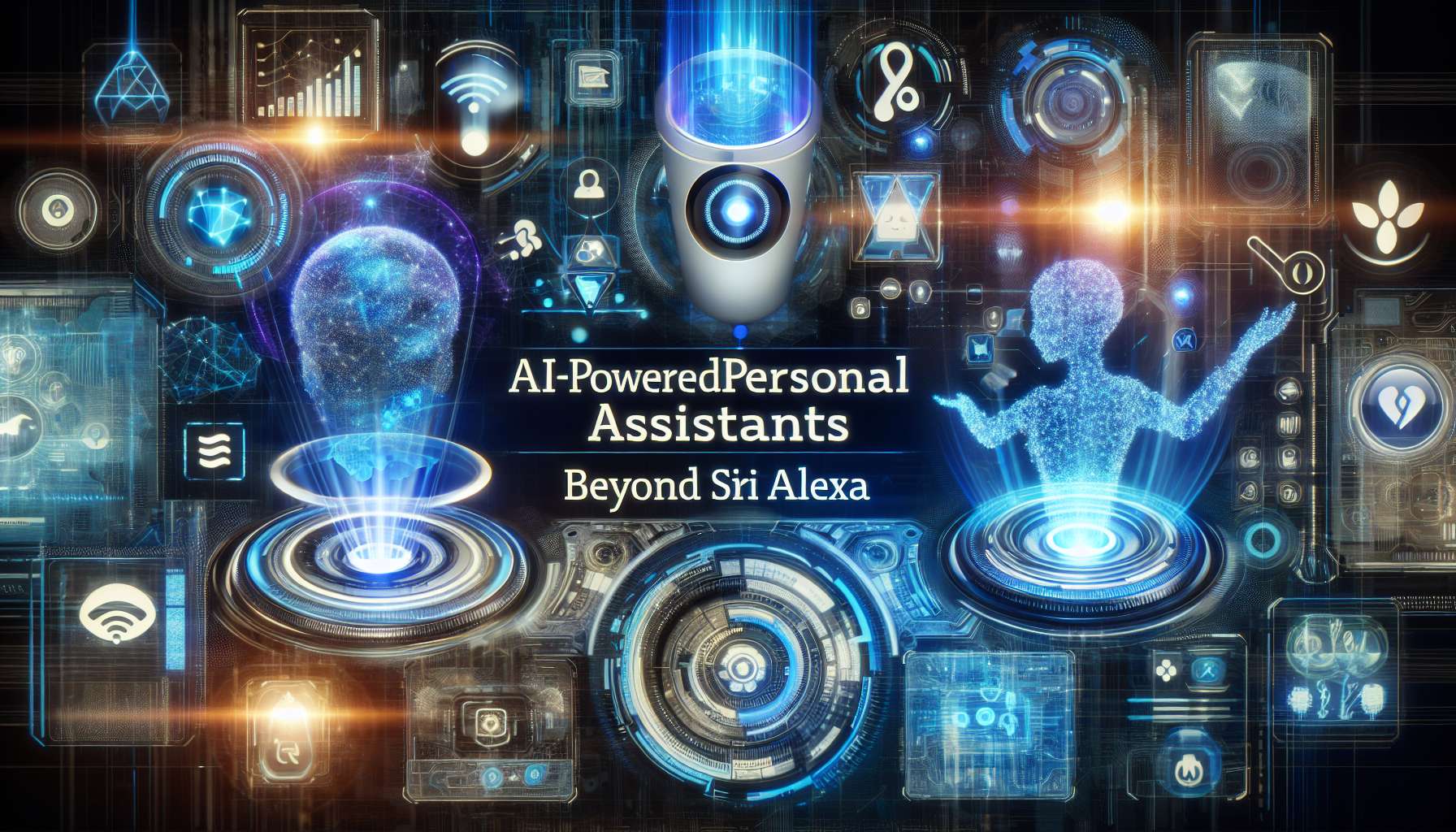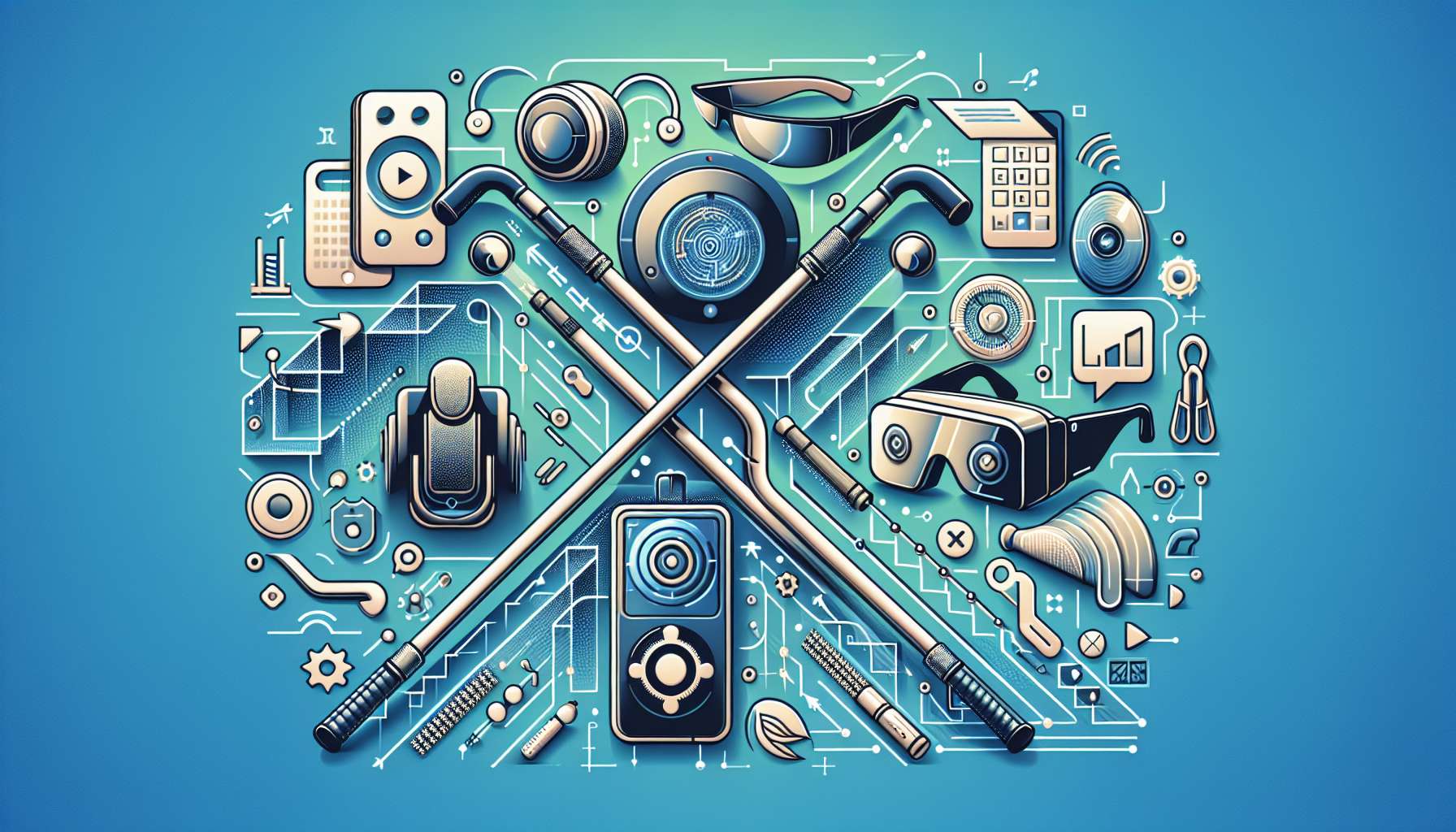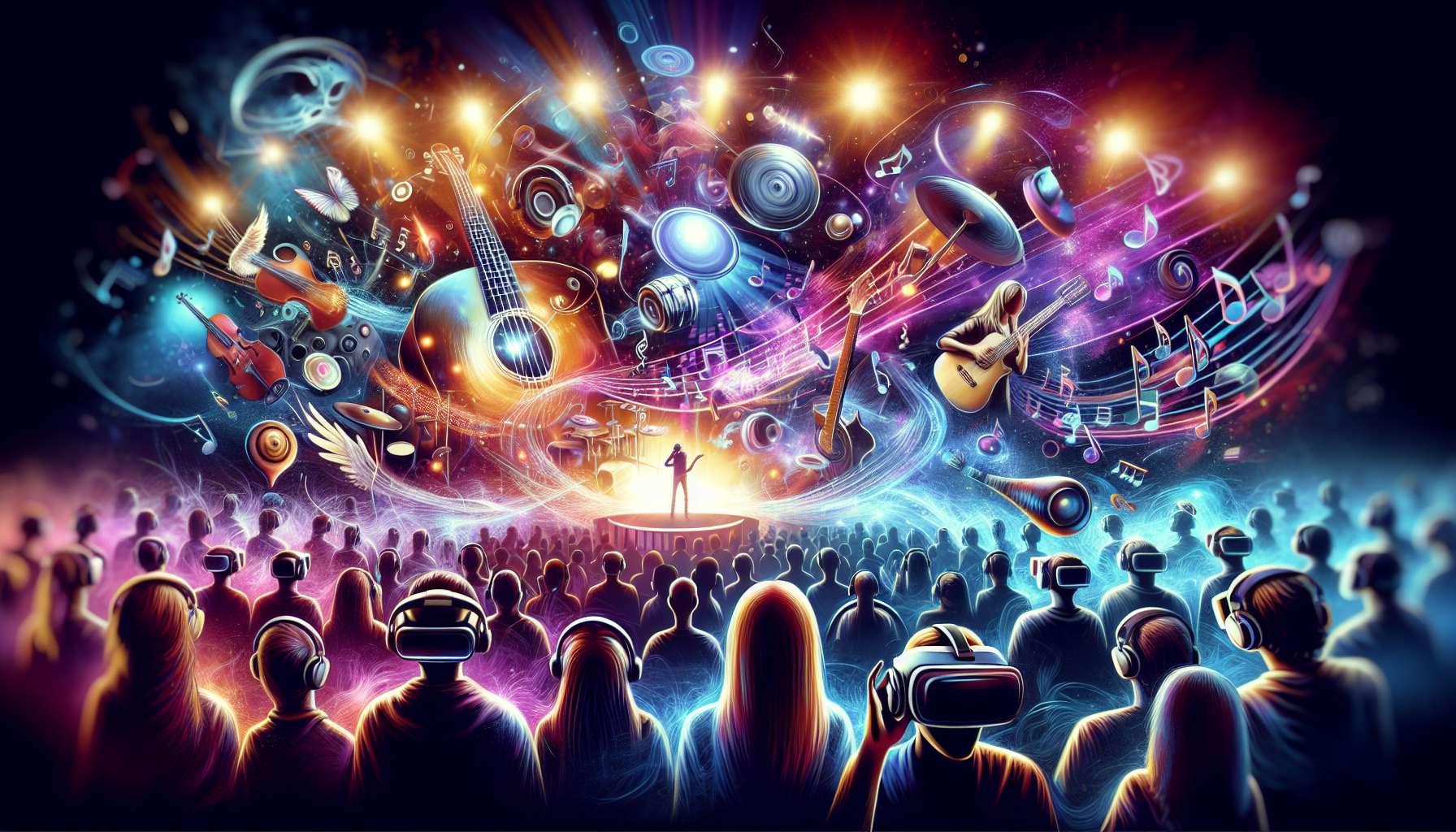Introduction
Artificial intelligence (AI) has revolutionized the way we interact with technology. From voice assistants like Siri and Alexa to chatbots and virtual assistants, AI-powered personal assistants have become an integral part of our daily lives. While Siri and Alexa have gained popularity, there are several other AI-powered personal assistants that offer unique features and capabilities. In this article, we will explore some of these advanced personal assistants that go beyond the basic functionalities of Siri and Alexa.
1. Google Assistant
Google Assistant is an AI-powered personal assistant developed by Google. It is available on various devices, including smartphones, smart speakers, and smart displays. What sets Google Assistant apart is its ability to understand context and provide personalized responses. It can perform tasks like setting reminders, sending messages, making phone calls, and even booking appointments on your behalf. With its integration with Google’s vast knowledge graph, Google Assistant can provide accurate and relevant information to users.
2. Microsoft Cortana
Cortana is Microsoft’s AI-powered personal assistant, available on Windows devices and as a standalone app on iOS and Android. Cortana can assist with tasks like setting reminders, managing your calendar, and providing recommendations based on your preferences. It also integrates with Microsoft’s suite of productivity tools, allowing users to access their files, emails, and documents through voice commands. Cortana’s natural language processing capabilities make it easy to have conversational interactions with the assistant.
3. Samsung Bixby
Bixby is Samsung’s AI-powered personal assistant, designed to enhance the user experience on Samsung devices. Bixby can perform tasks like sending texts, making calls, setting alarms, and controlling smart home devices. What makes Bixby unique is its deep integration with Samsung’s native apps and services. It can understand complex commands and perform multi-step tasks seamlessly. Bixby also offers a visual assistant feature, allowing users to point their camera at objects to get information or perform actions.
4. Amazon Echo Show’s Alexa
While Alexa is commonly associated with Amazon’s Echo devices, the Echo Show takes the experience to the next level. The Echo Show combines Alexa’s voice capabilities with a touchscreen display, enabling visual interactions. Users can ask Alexa to show them recipes, play videos, display weather forecasts, and even make video calls. The visual component adds a new dimension to the personal assistant experience, making it more immersive and intuitive.
5. Apple HomePod’s Siri
Although Siri is widely known for its presence on iPhones, Apple’s HomePod brings Siri into the smart speaker realm. The HomePod combines high-quality audio with Siri’s voice capabilities, allowing users to control their smart home devices, play music, and get answers to their queries. Siri’s integration with Apple’s ecosystem ensures seamless connectivity with other Apple devices, making it a convenient personal assistant for Apple users.
Conclusion
AI-powered personal assistants have come a long way since the introduction of Siri and Alexa. With advancements in natural language processing and machine learning, personal assistants like Google Assistant, Microsoft Cortana, Samsung Bixby, Amazon Echo Show’s Alexa, and Apple HomePod’s Siri offer a wide range of features and capabilities. Whether it’s understanding context, providing personalized responses, or integrating with native apps and services, these personal assistants are transforming the way we interact with technology. As AI continues to evolve, we can expect even more advanced and intelligent personal assistants in the future.








